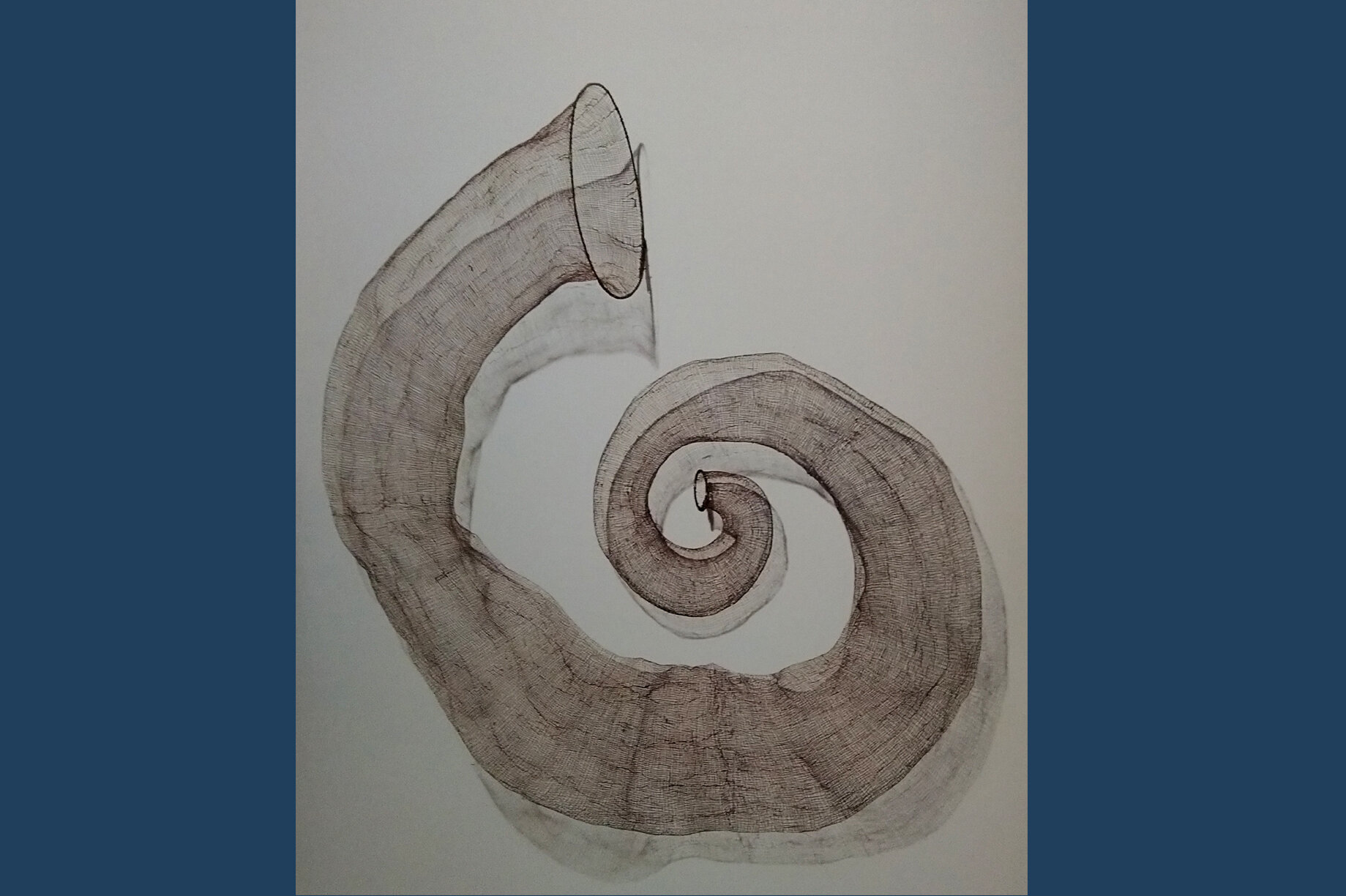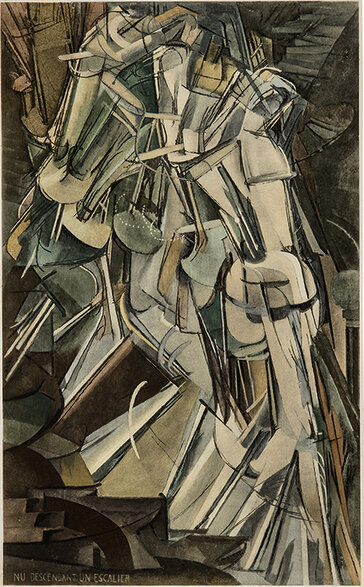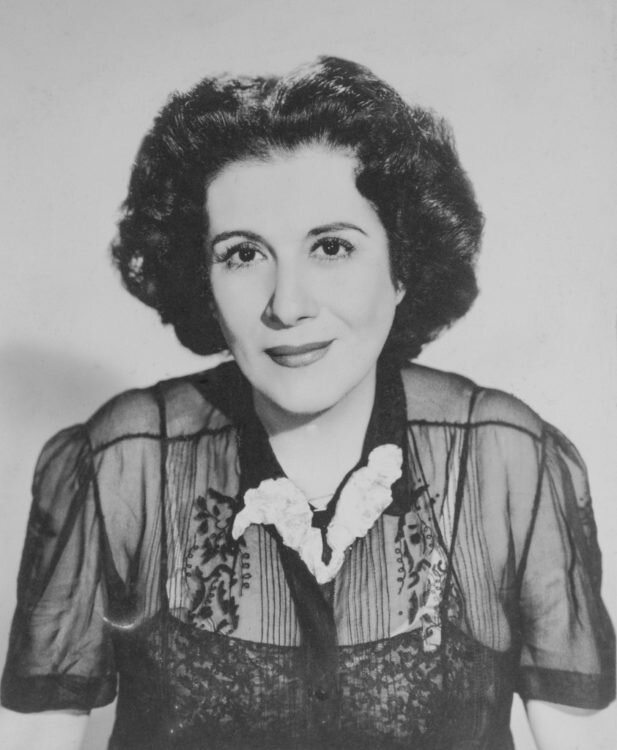In an interview she gave with Arts Health Network New South Wales, sculptor Jane Cavanough was asked “As an artist, how do you use art for your personal health and well-being?” She gave a very telling response, “Art is very low on the spectrum of cultural appreciation in Australia – very different for instance in Europe. It is difficult to make your living being an artist and I sometimes think I should describe myself as a gambler rather than an artist, because now, with every project I apply for, the client mostly asks for a concept, which not only takes ages to think about, but also requires 3d illustration, for which I pay someone….and this is expensive – I’m not sure how many professions require the answer to the question before contracting them – and this really gets me down.
I knew that if I stayed being a landscape architect I would end up depressed and unsatisfied. The fact remains, I love what I do, and it never feels like work.”
Like many people, I’ve always had a love/hate relationship with public sculpture and I’m not sure if the blame should be leveled at the artists or those who commissioned these works, or both. The “cheese stick” looming menacingly over Melbourne’s City Link comes to mind. Many sculptors seem to be motivated by a desire to confront or challenge the public and they forget that many of us are confronted EVERY DAY with their creations. But at its best, public sculpture can be memorable because it engages with the public.
Touchstones, Bankstown Arts Centre, Sydney, 2011. These copper and glass pebbles refer to the lapidary workshops located in the arts complex.
This brings me to Jane Cavanough who is based in the Southern Highlands of New South Wales. Her interest in sculpture dates back to the early 1990’s when she was working as a landscape architect in Sydney. After studying at the Sydney College of the Arts, she instigated a couple of environmentally based sculpture events in Centennial Park and has continued to make site specific landscape based sculpture.
Endemic, Bungarribee NSW, Designed by Jane Cavanough and indigenous artist Enda Watson, a family group of corten steel kangaroos gather on the common at Bungarribee, developed by Urban Growth NSW. Apparently, the locals dress up these sculptures every Christmas which gives Cavanough “a real buzz.”
Through her business Artlandish Art and Design, Cavanough works either solely or in collaboration with design teams for local and state governments, developers, statutory bodies and architecture firms to develop projects from concept through to completion. The works are fabricated by artisans adept at working with glass, LED lighting, forged, stainless and mild steel, copper, bronze, brass, cast concrete, stone, timber, mist and water.
Boer War Memorial, Anzac Parade Canberra designed by Jane Cavanough and Group GSA, winner of a national design competition in 2012.
The aim is to create artworks that have a strong relationship to the site in urban, architectural and landscape settings. The relationship between people, sculpture and landscape lies at the heart of Cavanough’s artwork. Rather than producing art that is willfully alienating or inaccessible to the public, she seeks to engage the environmental and cultural aspects of each site in her work. She has won a number of scholarships and awards throughout her career.
You can read more of my blogs or check out my own art on www.geoffharrisonarts.com.
References;
Arts Health Network NSW
www.janecavanough.com.au
























